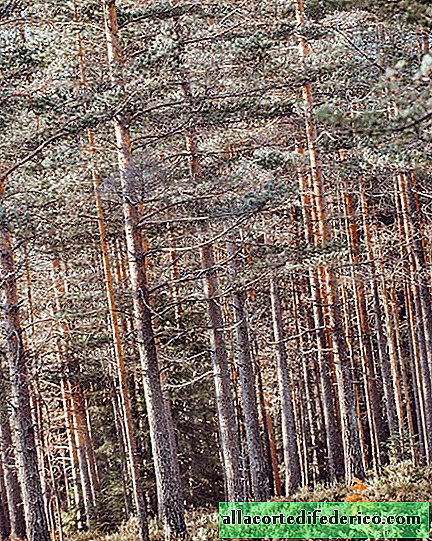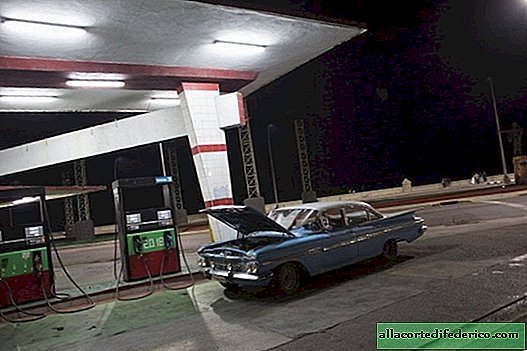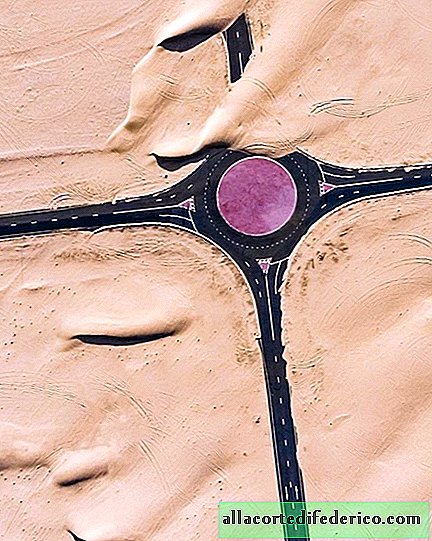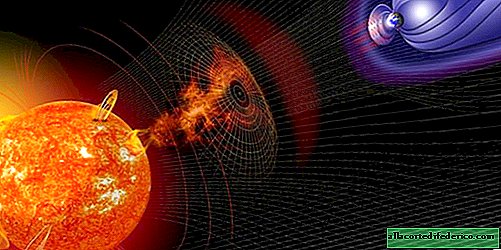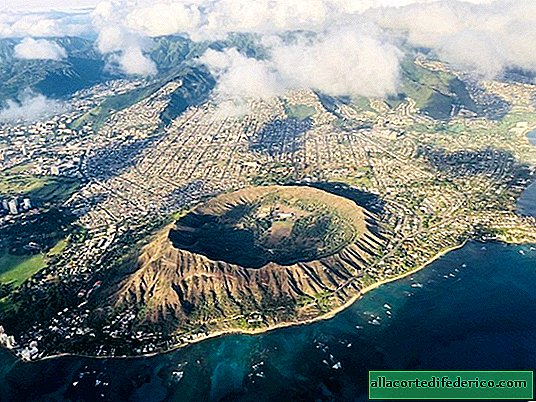Ancient Indians 1000 years ago "painted" a solar eclipse
The whole world is waiting for a solar eclipse, which will occur on August 21. Someone associates possible historical shifts and cataclysms with this, but science has long confirmed that this astronomical phenomenon has no connection with events on Earth (except for the reaction of some especially impulsive people). However, a thousand years ago, every eclipse was perceived as a signal from higher forces, most often negative. To fully "write down" the message of the gods, the Pueblo Indians made cave paintings of the eclipse, which still amaze scientists.
The sun in detail
Pueblo is a group of Native American peoples of the Southwestern United States. In ancient times, they were semi-settled tribes of hunters and gatherers. In the XIII-XV centuries, as a result of the Great Drought, representatives of these cultures migrated to the Rio Grande River Valley and the now deserted plateaus of Arizona and New Mexico, and Apaches and Navajos inhabited their former habitats.
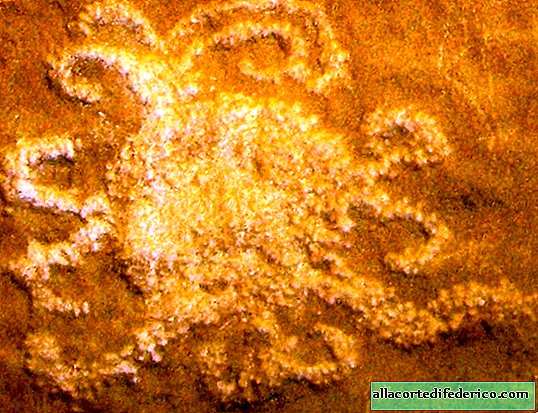
But 1000 years ago, the early pueblo, called the Chacoans, were able to leave the memory of a total solar eclipse by carving it in a rock - we got a circle with looped lines that resemble the outer atmosphere of the sun or the solar corona. Archaeologists, in consultation with astronomers, came to the conclusion that the petroglyph recorded a solar eclipse with a giant plasma eruption called the coronal mass ejection (CME).
At the same time, the drawing itself looks more joyful than frightening. Most likely, the Indians tried to sketch a bright and unusual crown as something that they had not seen before, and associated it with a deity who was even more mysterious and strong than they thought before.
Up to date
Archaeologists discovered a petroglyph in 1992 during an expedition to Chaco Canyon in the US state of New Mexico. They discovered that the petroglyph is located near the ruins of the Chacoan cultural center, which lived there between 900 and 1150 CE.

Scientists knew that on July 11, 1097, a total solar eclipse occurred in the region (when the moon’s shadow completely blocks sunlight from the Earth) and during it the corona of the sun and even the coronal mass ejection are visible to the naked eye. But they needed evidence that at that moment the sun was in a state of increased activity, which is known as the solar maximum, when such emissions most often occur. This happens approximately every 11 years, with some changes in intensity.


